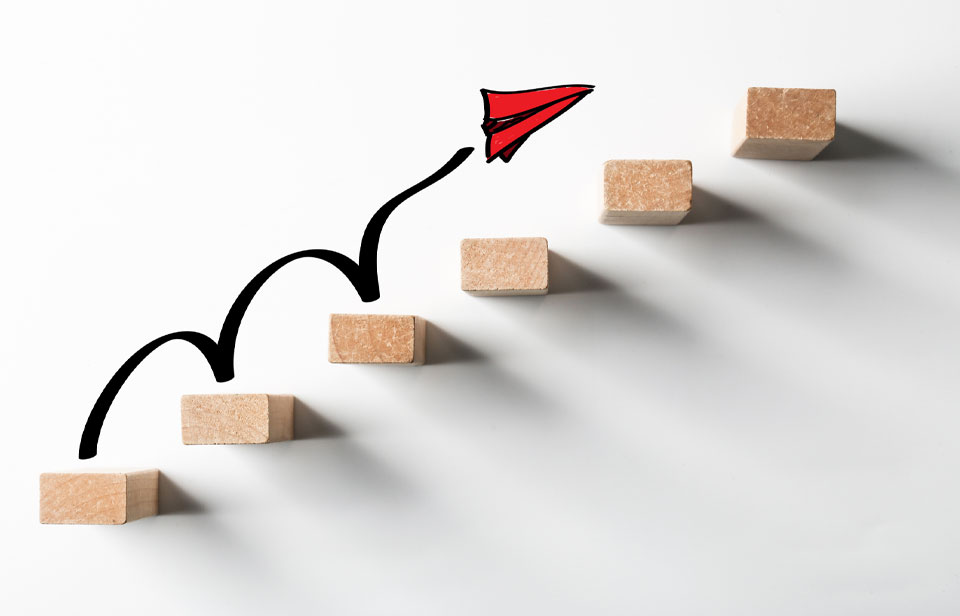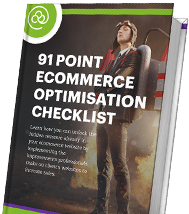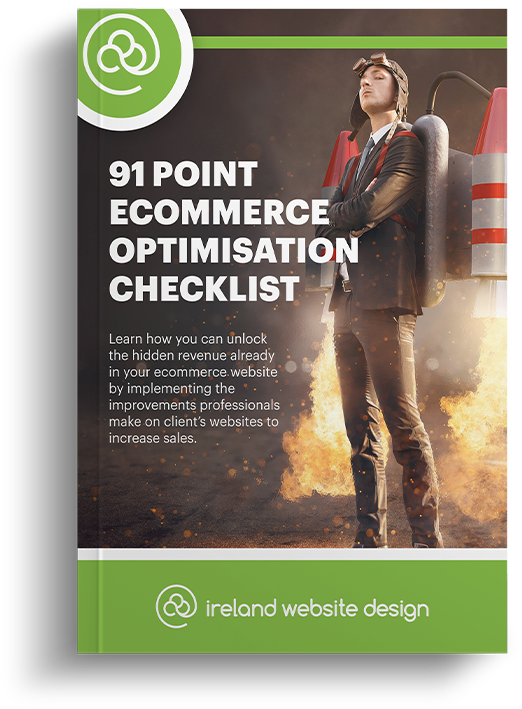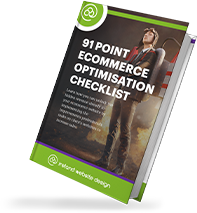When designed and deployed properly, a website landing page is a powerful way to drive conversions (such as sales) to your business. Here we explain with this guide how to write a landing page that sells in three steps.
What is a Landing Page?
A landing page is a webpage that your website visitors arrive at (or ‘land on’) for a specific reason. For example, you may have a Google Ad active that mentions vitamin C supplements. When somebody clicks/taps on this ad, they should be taken to a page (what we call a landing page) that is true to what your Google Ad alluded to i.e. content or offers from your business in relation to these vitamin C supplements. It would obviously make no sense if instead they were brought to a page that showed them content about stationery such as pens and paper. A healthy landing page should cater specifically to those who have landed on it to drive conversions to your business. In essence, visitors should not really be surprised to see the page that they end up on, it should be a natural continuation of the Google Ad in this example. See below for an example of an effective landing page:
Step 1: Decide on the Entry Point
It is a good idea to decide how people are going to make it to your landing page in the first place. Maybe you will run a Google Ad campaign or perhaps will look to seek visitors via your social media pages. Regardless of the specific ‘how’, it is important that the preamble aligns with the landing page. So if you choose the Google Ad route, the title, URL, and meta description of the ad should all describe what will be seen on the landing page. Likewise, with social media, a FaceBook post for example should mention the topic of the landing page in the text of the post and also have relevant images alongside this text where applicable.
Step 2: Collate your Curated Content
As we have discussed, the landing page itself should be adorned with the relevant content that visitors are expecting to see. So if your Google Ad mentions a 50% discount on vitamin C supplements, it is a good idea to have this as a large heading on the landing page: “50% of all Vitamin C Supplements until Friday!” The content of the landing page should then follow suit. While a minimum of three hundred words is recommended for web pages in terms of best practice online; landing pages can eschew this rule for a more effective less is more approach. You are not necessarily looking for this page to rank well organically, so some SEO rules can be relaxed when it comes to landing pages. This is because the idea of the landing page is to get those who visit it to perform an action. So while you need a certain smattering of text such as the aforementioned header, the rest of the text should be used to provide a brief summary of your product/service and your business and then direct your landing page visitors to purchase it. Example:
“Longoria Health has been providing supplements around the world for over 20 years. Feeling tired, drained, or looking to boost your immune system? Our Sunburst Vitamin C Capsules are a popular way to counteract these symptoms – in fact, they are arguably our most popular product. We are offering these at a 50% discount until this Friday only so click/tap here to go to our online shop where you can avail of this offer and have them delivered anywhere in the world for free.”
The above text comes to eighty-three words and they manage to explain a bit about the company, the product, the status of both the company and the product, reiteration of the offer, a link to an online shop and lastly then a nice final incentive in terms of free worldwide delivery. One can’t argue here that when text is utilized, designed, and deployed correctly; it can deliver its intended message and go a long way towards obtaining conversions. Surround this text then with enticing images of the product or products so that they complement each other. Some high-quality photography of the product itself and images of people enjoying it and reaping the benefits (perhaps people in the gym or parents playing with their children outside in the sunshine) really help to get your message across even further. Don’t forget to also include your company logo and branding so that your landing page visitors connect all of these positive traits to your company and brand image.
Side-Step: Decide on the Conversion
As has been touched on multiple times so far in this blog piece, you need to decide on what conversion you are looking to make when using these landing pages. This is how the success of a landing page is measured. Namely, has it achieved what it was created for in the first place? You will need to decide on how this is measured (i.e. what conversion you were looking to seek) and it is a good idea to set the desired target too of what you are looking to achieve e.g. one hundred new newsletter subscribers. Here are some examples of popular conversions that can be achieved via your website and successful landing pages:
- Increase sales of a particular product or service
- Gain more subscribers for your company newsletter
- Raise more awareness and visibility of a product/service (or of your company itself)
- Get people to make tangible contact with your business
- Increase referrals to your business (thus gaining more customers)
Step 3: Optimising the Destination
A landing page is arguable ‘the middle man’ in a lot of aspects. It comes in between the entry point (where you advertise it such as on social media) and the exit point (where your desired conversion is completed i.e. newsletter sign-up confirmation, ‘Thank You’ page following the completion of an online form, etc.). Therefore this exit point is also the goal destination from a landing page. It is vital to give the same amount of attention and detail to the destination as you give to the landing page in terms of design and user experience. Keep this simple and direct (much like the landing page) with the end goal in mind. So if the landing page brings users to your online shop, have the relevant offers and content highly visible to usher them to make a purchase. By subliminally bringing visitors on this customer journey, you usher conversions (such as sales) to your business.
In Summary
To create a landing page that sells, approach it like a story with a distinct beginning (entry point), middle (landing page), and end (site of conversion/exit point). When each of these elements is fully realized and optimized (use this guide to help you do this); your business is poised to reap the rewards by having more conversions driven to it. The full-throttle approach of mobilizing your external sales and marketing avenues (such as social media or Google Ads), your curated content collated nearly into one place (the landing page itself) and your fully optimized end-goal (such as your online shop or newsletter sign-up form) is a potent one that has the potential to produce massive results. It is also worth noting that the potential customers who interact with your landing page, they are interacting with a very professional business entity that is clearly well set up, attuned to their target audience’s needs/wants and poised to fulfill their subsequent needs/wants too. As you can see from reading this blog piece, having an effective landing page that can help you make sales and conversions is a powerful and potent tool for any business. Ensure that your online strategy utilizes the art of the landing page so that you don’t miss out on the potential rewards to be reaped.
Here at Ireland Website Design, our online sales and marketing team can help your business by creating perfect landing pages to obtain the perfect conversions. As a premier Irish digital agency, our work drives sales to your business. Don’t hesitate to get in touch with our friendly team today or you can click/tap here to obtain a quote.




